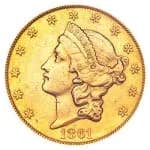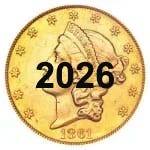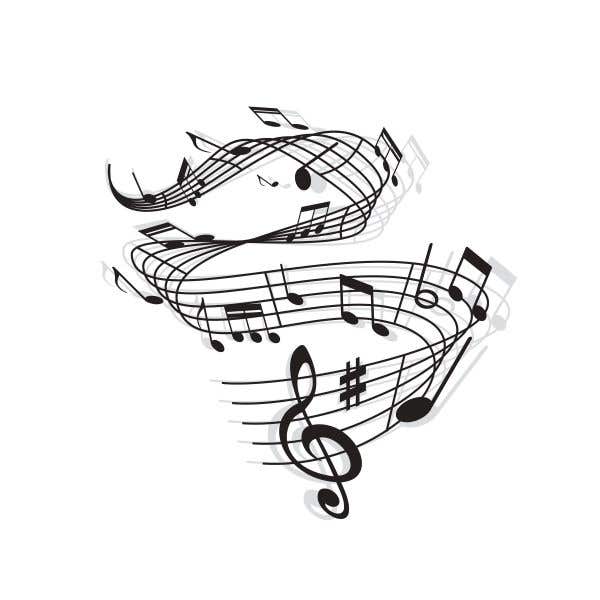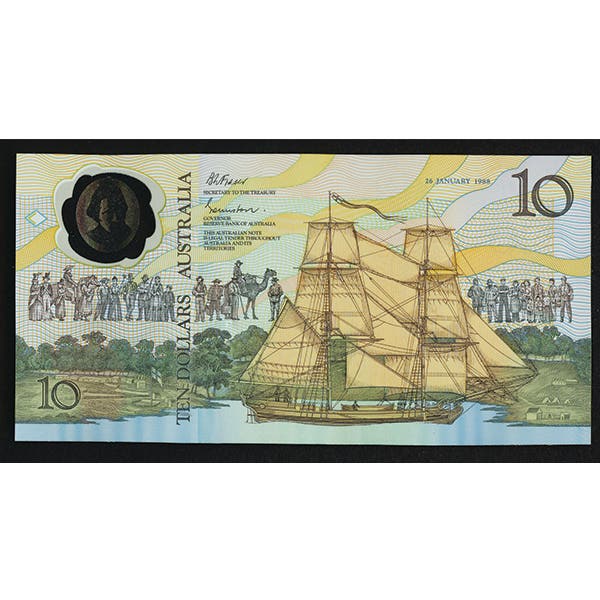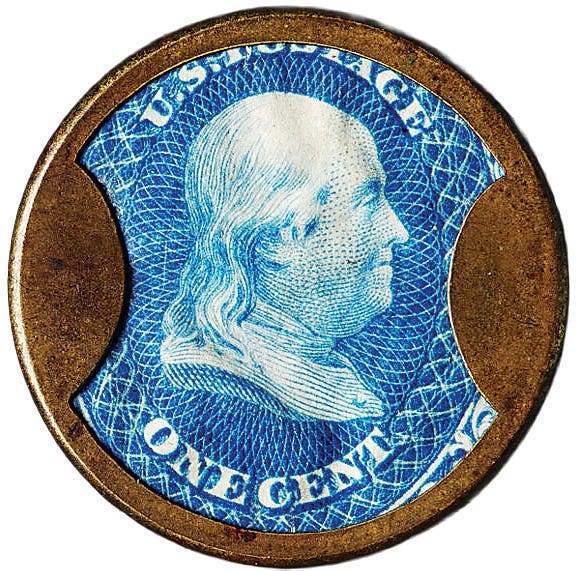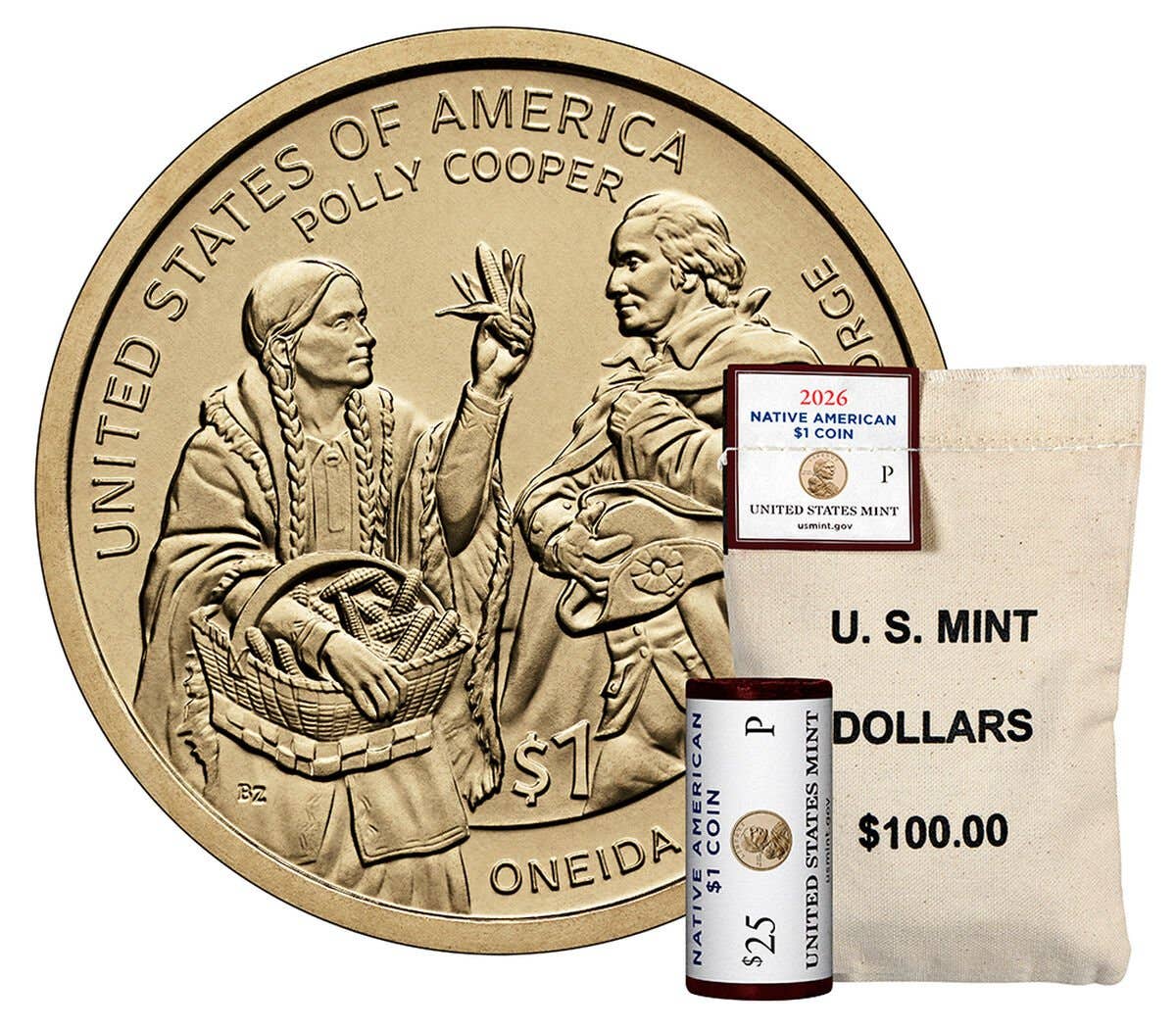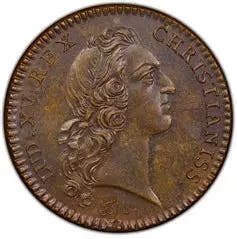The Value of Small Treasures
Almost everyone would love to receive a really valuable gift. But, if you ask most coin or currency collectors, their fondest memories of the hobby tend to be the small…
Almost everyone would love to receive a really valuable gift. But, if you ask most coin or currency collectors, their fondest memories of the hobby tend to be the small gift that got them started in numismatics or made a huge impact early on.
In my early days as a coin collector in 1964, I would run errands to the store for my grandmother. My reward would be to keep the cents in the change I got back for making purchases. I never found any rarities, but it did help me fill the holes in my blue folder.
The gift that has the most sentimental value to me is a cigar box given to me by my grandfather. It contained dozens of foreign coins, each stapled in a 2x2 cardboard holder. I knew at the time that there were no valuable pieces among them – which is still true today. Just about every coin is made of either aluminum, copper or copper-nickel. But I will never part with them because the holders have my grandfather’s handwriting on them.
I’ve heard similar stories from more people than I can count.
If you ask collectors how they started in the hobby, a frequent reply is that they received in change or were given a coin that was different from what they carried in their pocket. It may have been an older type of U.S. coin, like a Buffalo nickel or Standing Liberty quarter such as you might see in change in the mid-1960s, or it could be a foreign coin or paper money that a relative or friend brought back from a trip. How they received such items early on seems to become a lifetime memory for lifelong numismatists.
If you want to spark the interest of a possible young collector, here is a fresh idea of a small treasure that just might lead to a lifelong pursuit. Think about the coins issued by the U.S. Mint that are not put into circulation. Today that includes Kennedy half dollars, Sacagawea/Native American dollars and American Innovation dollars. However, the Kennedy halves may not be as interesting as they were issued into circulation up to 2001. Similarly, Sacagawea dollars were also issued into circulation through 2001 and the Native American dollars were put into circulation from 2009 through 2011. That means that a potential collector may have already seen such coins in their change.
However, the American Innovation dollars, first struck in 2018, were never placed into circulation. Already, issues have come out for the original 13 states, Vermont and Kentucky. The U.S. Mint will put Tennessee American Innovation dollars on sale at the end of this month. Imagine how a potential collector might be intrigued – especially if it was a coin from their homes state – if you gave them one of these coins that they would never have seen in circulation. If you purchased a roll or a bag of them and gave one each to budding numismatist, how many do you think would develop into longtime hobbyists?
Patrick A. Heller was honored as a 2019 FUN Numismatic Ambassador. He is also the recipient of the American Numismatic Association 2018 Glenn Smedley Memorial Service Award, 2017 Exemplary Service Award, 2012 Harry Forman National Dealer of the Year Award and 2008 Presidential Award. Over the years, he has also been honored by the Numismatic Literary Guild (including twice in 2020), Professional Numismatists Guild, Industry Council for Tangible Assets and the Michigan State Numismatic Society. He is the communications officer of Liberty Coin Service in Lansing, Mich., and writes Liberty’s Outlook, a monthly newsletter on rare coins and precious metals subjects. Past newsletter issues can be viewed at www.libertycoinservice.com. Some of his radio commentaries titled “Things You ‘Know’ That Just Aren’t So, And Important News You Need To Know” can be heard at 8:45 a.m. Wednesday and Friday mornings on 1320-AM WILS in Lansing (which streams live and becomes part of the audio archives posted at www.1320wils.com).

